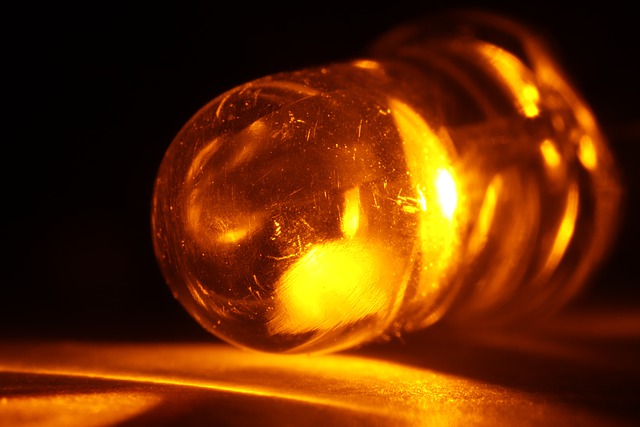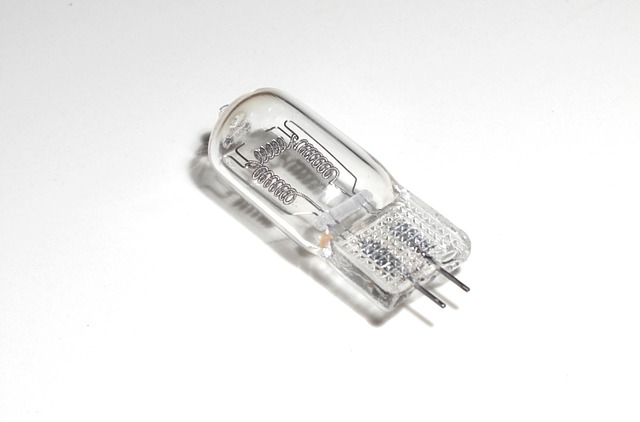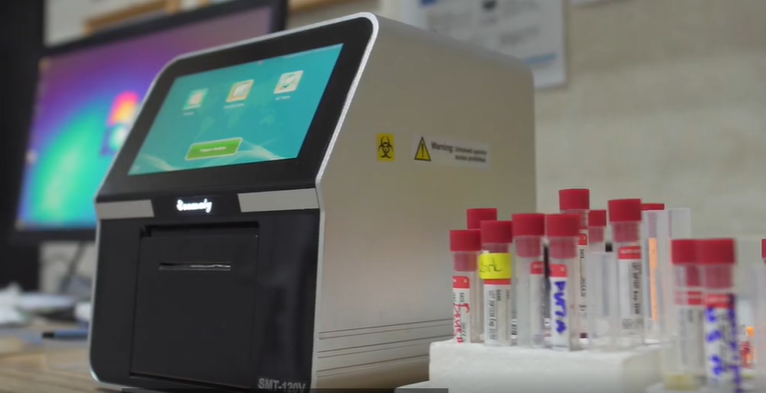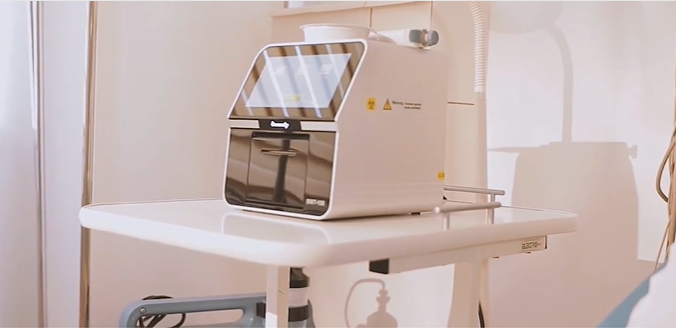Optical methods occupy an important place in in vitro diagnostic analysis methods. Among them, optical methods with light source "excitation" are even more important. The choice of light source is related to cost, lifetime, performance (sensitivity, signal-to-noise ratio, dynamic range, etc.) and other factors. Therefore, it is particularly important to choose the right light source to act as the "eyes" of the in vitro diagnostic instrument!
Today, let's take a look at the current "eyes" of IVD instruments, and their advantages and disadvantages.
1. Tungsten halogen lamp
Tungsten halogen lamp is an inflatable incandescent lamp that contains some halogen elements or halides within the filling gas. In ordinary incandescent lamps, the high temperature of the filament causes the evaporation of tungsten, and the evaporated tungsten precipitates on the glass shell, producing the phenomenon of blackened bulb glass shell.
In 1959, the tungsten halogen lamp was invented, using the principle of tungsten halogen cycle to eliminate this blackening phenomenon.
Advantages: full spectrum, wide spectral range, high energy
Disadvantages: thermal light source, long preheating time, short life span
Applications: small part of biochemical analyzer (
Seamaty SD1 biochemical analyzer using tungsten halogen lamp, 12V/20W, life time up to 2500 hours or more), enzyme marker, medium and high-end PCR
2. Xenon lamp
Xenon lamp emits a continuous spectrum from UV to visible to IR with high brightness and high color temperature.
Advantages: wider spectral range, high energy
Disadvantages: higher cost, larger size
Applications: Time-resolved immunofluorescence, most biochemical analyzers, enzyme markers, small portion of PCR, etc.
3. Light-emitting diode

Light-emitting diodes are made of compounds containing gallium (Ga), arsenic (As), phosphorus (P), and nitrogen (N). When the electron and hole complex can radiate visible light, so it can be used to make light-emitting diodes. They are used as indicator lights in circuits and instruments, or to form text or digital displays.
Gallium arsenide diodes emit red light, gallium phosphide diodes emit green light, silicon carbide diodes emit yellow light, and gallium nitride diodes emit blue light. Due to the chemical properties, there are organic light-emitting diodes OLED and inorganic light-emitting diodes LED.
Advantages: cold light source, no preheating, long life, low cost, low power consumption
Disadvantages: low brightness, narrow and discontinuous spectrum, fixed excitation wavelength, large divergence angle
Applications: the most widely used, based on immunoturbidimetric method of related instruments, such as blood coagulation analyzer, specific protein analyzer, etc., enzyme marker, dry fluorescent immuno test strips, low- and medium-range PCR, etc.
4. Gas laser
A gas laser is a device that uses a gas as a working substance to generate laser light. It consists of three main parts: the activating gas inside the discharge tube, a resonant cavity formed by a pair of reflecting mirrors, and an excitation source.
The main excitation methods are electrical excitation, pneumatic excitation, optical excitation and chemical excitation. Among them, the electric excitation method is the most commonly used. Under appropriate discharge conditions, using electron collision excitation and energy transfer excitation, gas particles are selectively excited to a high energy level, thus forming a particle number reversal with a low energy level, resulting in an excited emission jump.
Advantages: simple structure, low cost, good beam quality, long and stable continuous operation
Disadvantages: large size, low energy density
Applications: early large flow cytometers
5. Semiconductor laser
Semiconductor lasers, also known as laser diodes, are lasers that use semiconductor materials as the working substance. Due to the difference in the structure of the substance, the specific process of generating laser light is specific for different types. Commonly used working substances are gallium arsenide (GaAs), cadmium sulfide (CdS), indium phosphide (InP), zinc sulfide (ZnS), etc.
Excitation methods are electric injection, electron beam excitation and optical pumping three forms. Semiconductor laser devices, can be divided into homojunction, single heterojunction, double heterojunction and other types. Homojunction lasers and monoheterojunction lasers are mostly pulsed devices at room temperature, while double heterojunction lasers can achieve continuous operation at room temperature.
Advantages: small size, long life, good monochromaticity, small emission angle, good coherence, high energy density
Disadvantages: high price
Applications: blood cell analyzer, flow cytometry, urine organic fraction analysis, digital PCR, etc. based on flow technology




